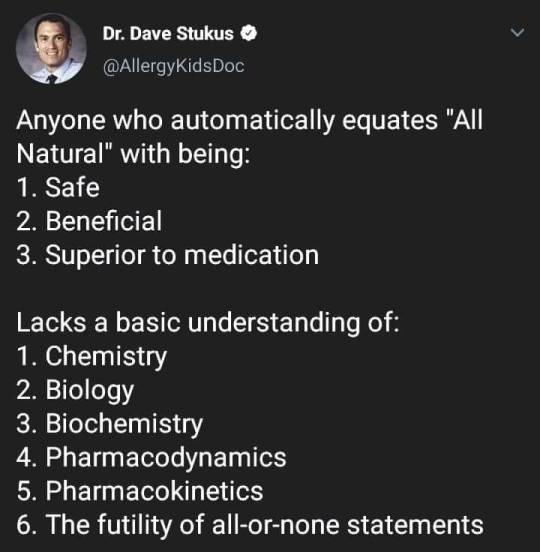#pharmacology
Text

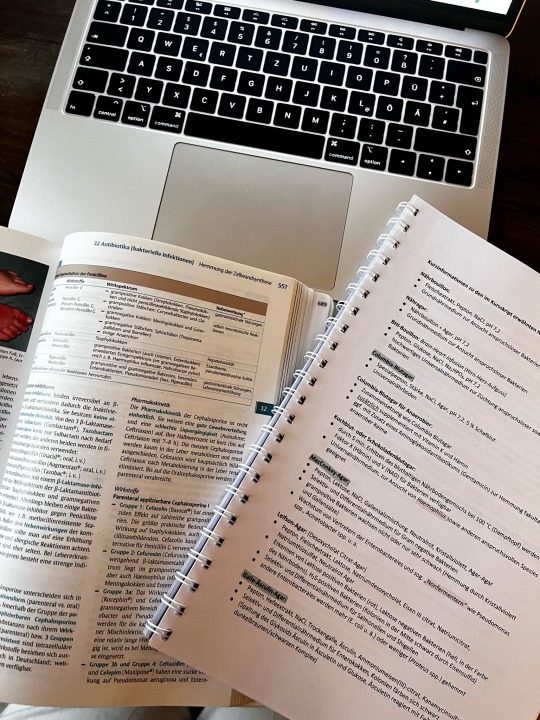
Exams coming up!
#studyblr#studying#inspiration#university#studyspo#aesthetic#med school#medical school#pharmacology#microbiology#medizinstudium#desksetup#my desk#med student
847 notes
·
View notes
Text
Whereas humans have one receptor on their tongues that can detect all sorts of sweet things, from real sugar to artificial sweeteners like aspartame, insects have many receptors that each detect specific types of sugars.
The new research reveals one way insect receptors are able to be so selective. The new discovery will help us understand how animals decipher the chemical world and how we might mimic that ability in the future, the researchers say.
Continue Reading.
83 notes
·
View notes
Text
“Anesthetics are like antidepressants, you choose them according to their side effects.”
61 notes
·
View notes
Text
Effing monsters.
#republican assholes#corporate greed#big pharma#late stage capitalism#tuberculosis#science#medicine#pharmacology
38 notes
·
View notes
Text
"Are you memorizing half lives for the pharmacology exam?" babygirl I'm barely even memorizing the drug names for the pharmacology exam. You're expecting too much of me
30 notes
·
View notes
Text
There will be, in the next generation or so, a pharmacological method of making people love their servitude, and producing dictatorship without tears, so to speak, producing a kind of painless concentration camp for entire societies, so that people will in fact have their liberties taken away from them, but will rather enjoy it, because they will be distracted from any desire to rebel by propaganda or brainwashing, or brainwashing enhanced by pharmacological methods.
Aldous Huxley
105 notes
·
View notes
Photo

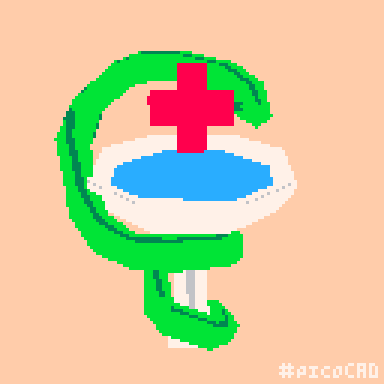
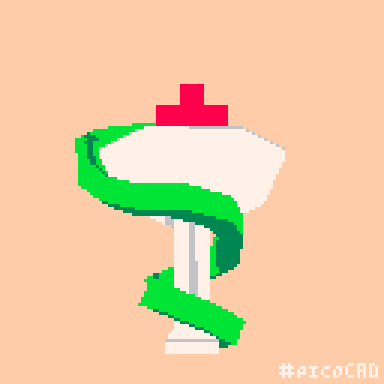

The Bowl of Hygieia is a symbol for pharmacology and pharmacy (which I study btw).
Hygieia is the daughter of Asclepius and the goddess of health and hygiene. The snake is also part of the Rod of Asclepius, with Asclepius being the god of healing. It's a symbol for medicine, healing and commonly associated with doctors.
It was quite tricky to wrap the snake around the pillar, but I'm satisfied with the result.
Made for picoCAD Jam 109: Health
#picoCAD#PICO8#low poly#pixel art#3d model#3d#health#asclepius#pharmacy#pharmacology#snake#science#medicine
146 notes
·
View notes
Text
Pharmacology Unveiled: How Medications Work on a Molecular Level"
Explore the science of pharmacology and delve into the mechanisms of action of commonly prescribed medications, shedding light on how they interact with the body's systems.
In the multifaceted domain of pharmacology, an intricate symphony of molecular interactions orchestrates the therapeutic effects of medications. A profound comprehension of the molecular underpinnings of pharmacological actions is indispensable for healthcare professionals, pharmaceutical scientists, and researchers. In this discourse, we embark on a comprehensive exploration of pharmacodynamics, elucidating the profound intricacies of how medications function at the molecular level.
Pharmacodynamics: A Multilayered Discipline
Pharmacodynamics constitutes the extensive scrutiny of the manner in which drugs interlace with specific molecular targets, often referred to as receptors or enzymes, within the human organism. Medications are meticulously designed to effectuate alterations in biochemical pathways, receptor kinetics, or enzymatic processes, aiming to modulate physiological phenomena to alleviate symptoms or remediate pathological states.
Receptor-Mediated Pharmacological Actions
A pivotal facet of pharmacodynamics lies in the receptor-mediated actions of medications. Receptors are intricate protein entities, frequently situated on the extracellular or intracellular domains of cells, that play a pivotal role in cellular communication and homeostasis. When a medication interfaces with a receptor, it initiates a cascade of molecular events, which, contingent upon the context, may potentiate or impede the cellular response.
Agonists and Antagonists: Puppets of Molecular Dance
In the intricate theater of pharmacodynamics, medications assume roles as either agonists or antagonists. Agonists aptly mimic the endogenous ligands or signaling molecules, seamlessly integrating into the receptor's binding pocket. This engagement sets forth a conformational alteration in the receptor, instigating cellular events replicating or augmenting the physiological response. Conversely, antagonists function as molecular antagonists, obstructing the receptor and forestalling the binding of endogenous signaling molecules. Consequently, the physiological response is negated or attenuated.
Enzymatic Interference: Orchestrating Biochemical Concertos
Certain medications orchestrate their therapeutic influence through the intricate domain of enzyme inhibition. Enzymes are the catalytic workhorses governing biochemical transformations in biological systems. Medications that selectively inhibit or modulate these enzymes effectively regulate the pace or character of these metabolic reactions, rendering them invaluable in conditions characterized by aberrant enzyme function.
Ion Channel Choreography: Modulating Electrophysiological Ballets
A notable mechanism of pharmacological action entails the modulation of ion channels. These proteinaceous conduits, reposing within cellular membranes, govern the flux of ions across these barriers. Medications designed to engage with ion channels effectively influence the electrochemical signaling within cells. The modulation of ion channels is instrumental in conditions such as arrhythmias, epilepsy, and neuropathic pain.
Pharmacogenetics: Personalizing Medication Regimens
The burgeoning realm of pharmacogenetics delves into the impact of an individual's genetic repertoire on their medication response. Genetic polymorphisms can significantly influence drug metabolism, receptor sensitivities, and pharmacological efficacy. Tailoring medication regimens to align with an individual's genetic makeup represents a burgeoning paradigm in personalized medicine.
Pharmacology unfolds as an intricate tapestry of molecular engagements and multifarious mechanisms. Medications, hewn with precision, are intended to engage with specific molecular entities, be it receptors, enzymes, or ion channels, aiming to modulate intricate biochemical processes to achieve therapeutic ends.
References
Rang, H. P., Dale, M. M., Ritter, J. M., & Flower, R. J. (2015). Rang & Dale's Pharmacology. Elsevier.
Katzung, B. G., & Trevor, A. J. (2021). Basic & Clinical Pharmacology. McGraw-Hill Education
Brunton, L. L., Knollmann, B. C., & Hilal-Dandan, R. (2020). Goodman & Gilman's: The Pharmacological Basis of Therapeutics. McGraw-Hill Education.
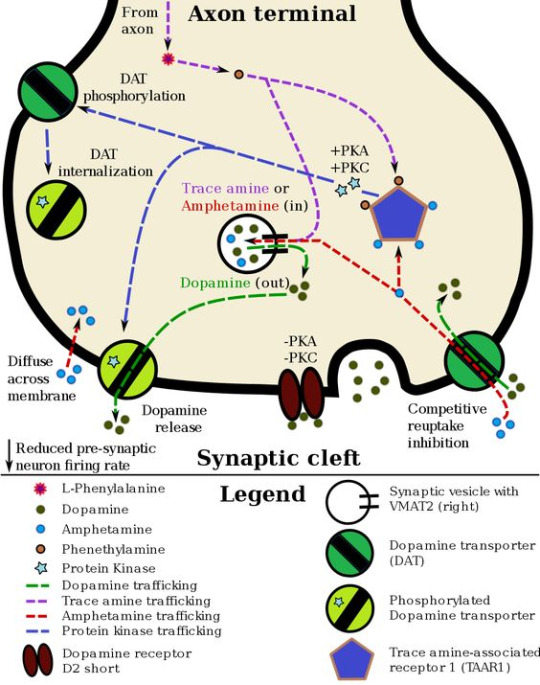
#science#biology#college#education#school#student#medicine#doctors#health#healthcare#pharmacology#pharmacy#medication#med student#med school#medical stuff#drugdiscovery#pharma industry#molecular biology#drugsandresearch#clinicalpharmacology#pharmaceuticalindustry
60 notes
·
View notes
Text

medicinal chemistry ☕🖤
#cleaning up my drafts#flashcards#pharmblr#pharma chem#old stuff#antibiotics#tea#medicinal chemistry#pharmacology
56 notes
·
View notes
Text
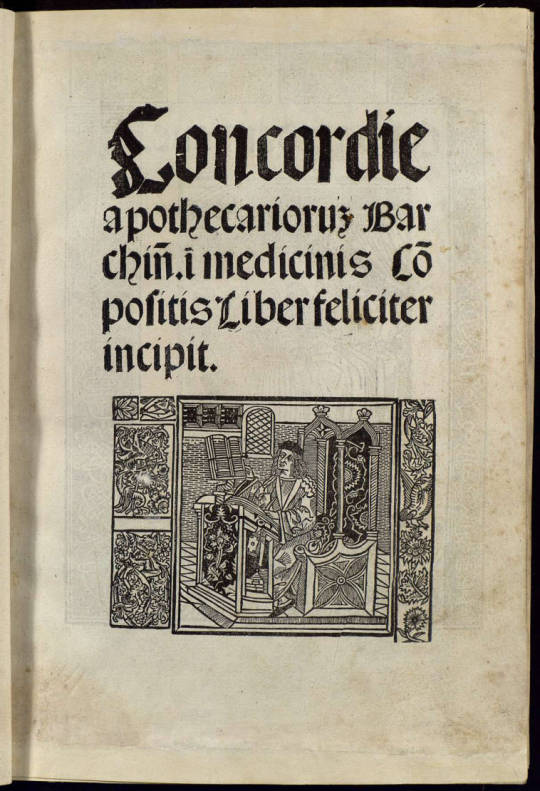

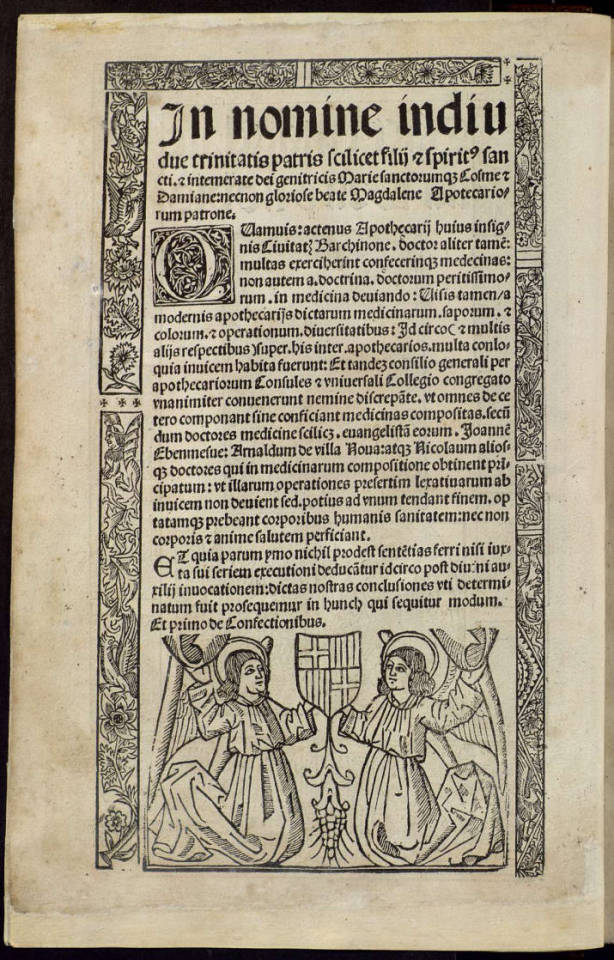
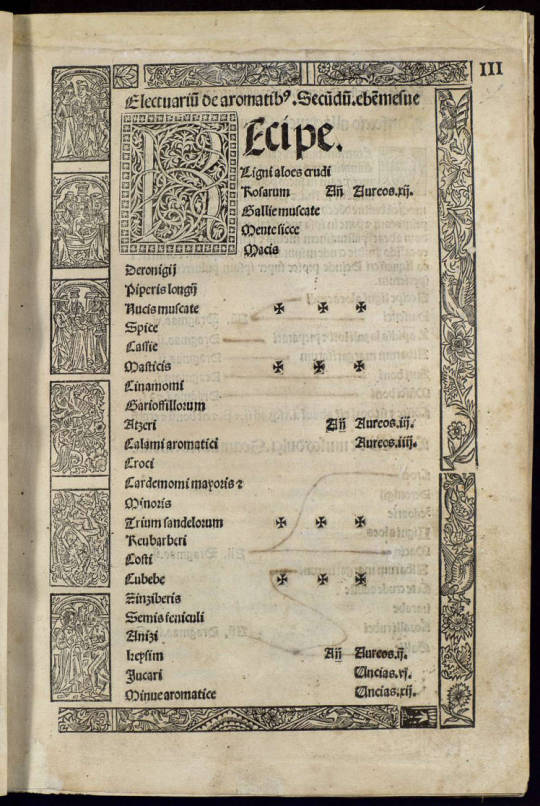

This is the Concòrdies, Europe's second oldest pharmacopoeia and the first of its kind. It was printed in 1511 in Barcelona, Catalonia. The first European pharmacopoeia was printed in Florence (modern-day Italy) in 1498 after a larger amount in Islamic countries, but both have some important differences.
A pharmacopoeia is a book that contains the recipes for making medicines, to be used as a reference guide by the apothecaries who made the remedies. The apothecaries were the chemists who made the drugs, specialists in medicinal herbs, minerals, animal products and food.
On August 29th 1510, the king Ferdinand of Catalonia-Aragon gave Barcelona's Apothecaries Association the royal privilege of standardizing the recipes used for making drugs. Before this, doctors diagnosed their patients and told them what drugs to buy, but each apothecary made it in their way, which could have different amounts of each ingredient or different preparations. This could lead to results that weren't as good as expected.
You might have noticed that the book is titled "Concordie apothecarioru[m] Barchin[one] i[n] medicinis co[m]positis liber feliciter incipit" (more or less "Agreement of Barcelona's apothecaries on the compound medicines" in Latin), often shortened to "les Concòrdies" ("the Agreements" in Catalan). It's an "agreement" because the apothecaries came together to write the most effective recipes, which they then presented to the Barcelona Medicine Doctors' Association. Then, the doctors could object or not, and from the agreement between both experts resulted this book.
This is the first pharmacopoeia that was made by the apothecaries' idea, not following orders of a government, and the first pharmacopoeia written for and by the apothecaries (the book written in Florence was made by doctors to tell apothecaries what they wanted them to make). Thanks to their apothecaries' work, Barcelona's inhabitants were the first people in the Iberian peninsula to access homologated medicine. Soon, this book's rules were expanded to all of Catalonia.
The only remaining original copy from the 1511 edition is kept in the Museum of Catalan Pharmacology which belongs to the University of Barcelona. The whole book has been digitalized and is completely uploaded online: here's the link.
#història#barcelona#catalunya#arts#history#medicine#pharmacy#pharmacology#books#old books#catalonia#europe#european history#1500s#16th century#renaissance#historical#bookblr#books and reading
21 notes
·
View notes
Text


state exam days 27/37
pharmacology time! I’m so, so tired…
#studyblr#studying#inspiration#university#studyspo#college#aesthetic#pharmblr#pharma student#stemblr#pharmacology#studyblr desk#desk space#study session#exams#exam prep#lions post
173 notes
·
View notes
Text
Scientists in Canada and the U.S. have discovered a new way in which Ebola—an often deadly virus affecting people mostly in sub-Saharan Africa—reproduces in the body.
By shedding light on how the virus interacts with a human protein called ubiquitin, the researchers have also identified a potential target for new drugs to prevent the disease.
Continue Reading.
63 notes
·
View notes
Text
“We gain nothing by adding and adding meds if they are not being administered with the correct technique.”
About inhalers and nasal sprays.
36 notes
·
View notes
Text

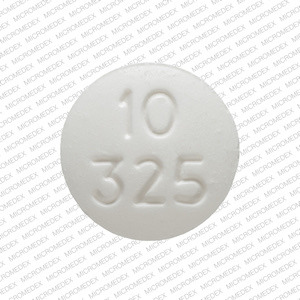
oxycodone/acetaminophen, 10-325mg tablet
#uploads#oxycodone/acetaminophen 10-325#oxycodone#oxycodone/apap 10-325#pain medicine#pain medication#analgesics#opioids#medicalcore#medcore#medicore#pharmacycore#pharmacore#pharmcore#pharmacology#pharmacy#pharma#pills#drugs#medication#medicine#tablets#controls#C2#oxycodone/acetaminophen#generic#rhodes#white#round#oxycodone/apap
166 notes
·
View notes
Text
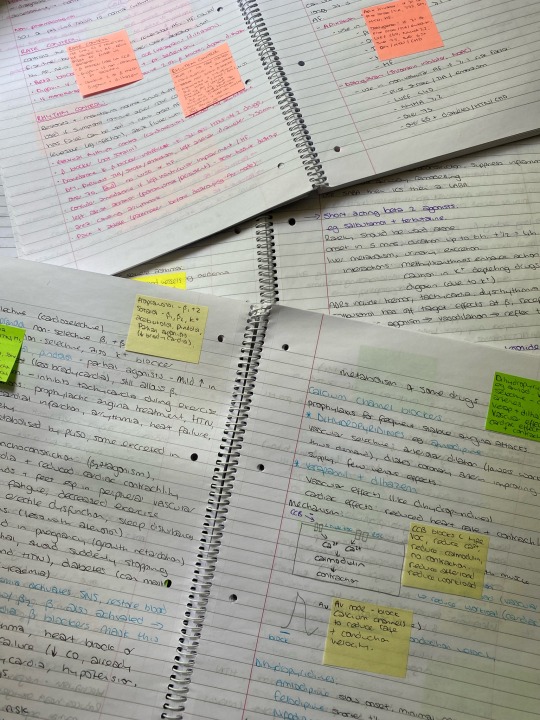
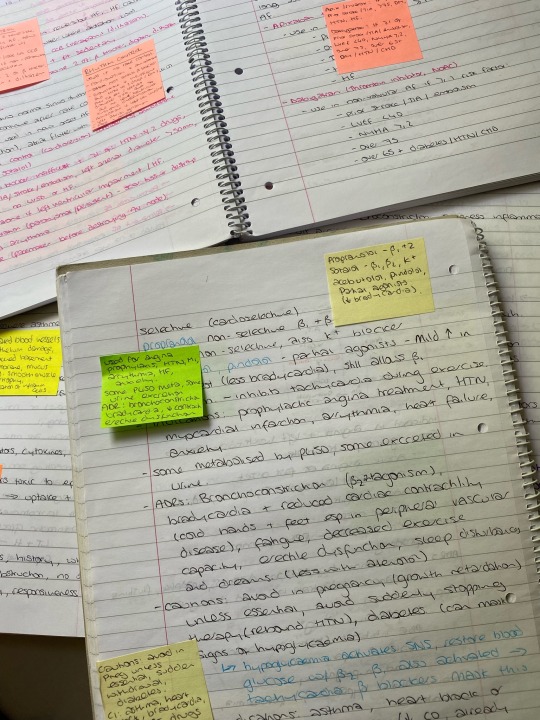
28/5/23 // 13.46
Yes these are my uni notes from 2018. Yes I’m glad I’ve kept them because today, I, a fully qualified pharmacist, could not figure out how beta blockers work and had to use these notes. Help
#I know they block beta but I don’t understand how that affects circulation#turns out they reduce CO and cause a tiny tiny bit of vasoconstriction which makes so much sense on the cold peripheries#because I was like??? but salbutamol causes dilation so how can beta blockers be used in htn#this is too much pharmacology. also I’ve spent an hour on this to write one line in my 2000 word assignment#help I’m a pharmacist get me out of here#mine#studyblr#studyspo#notes#studying#pharmblr#pharmacy#medblr#nurblr#pharmacology#pharmacodynamics#Maria does diploma#biology#pharmacy student#pharmacyblr
67 notes
·
View notes
